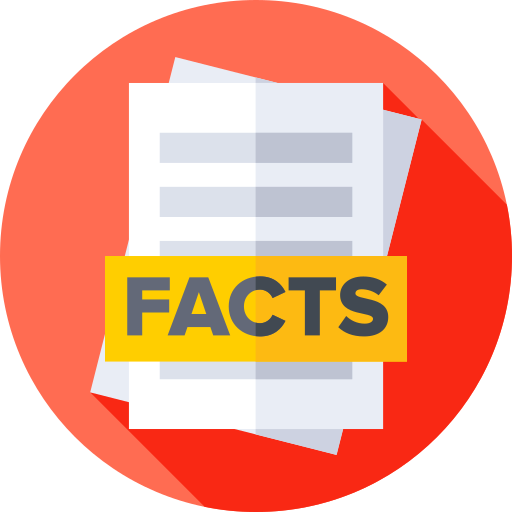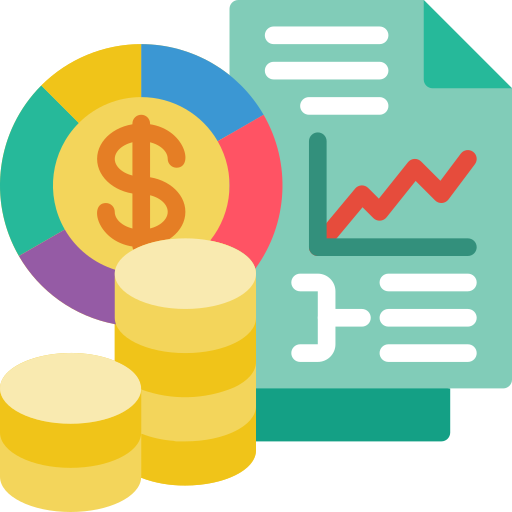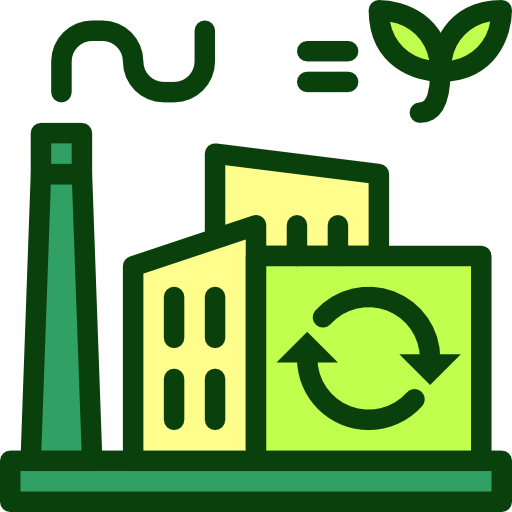Lebanon - Economy

How is the economy of Lebanon? Based on the information we have, Lebanon has a lower middle-income Middle Eastern economy; hyperinflation and sharp poverty increases; banks have ceased lending; economic contraction, destroyed infrastructure, and reduced consumer demand resulting from Israel-Hezbollah conflict. Key agricultural products in this country include: potatoes, milk, tomatoes, apples, oranges, olives, cucumbers/gherkins, chicken, lemons/limes, wheat (2023).
More about the economy of Lebanon
| Labor force | 1.925 million (2023 est.) |
|---|---|
| Industrial production growth rate | -0.56% (2022 est.) |
| Industries | banking, tourism, real estate and construction, food processing, wine, jewelry, cement, textiles, mineral and chemical products, wood and furniture products, oil refining, metal fabricating |
| Population below poverty line | |
| Taxes and other revenues | 5.68% (of GDP) (2021 est.) |
| Fiscal year | |
| Exchange rates | |
| Currency | Lebanese pounds (LBP) per US dollar - |
| Exchange rates 2022 | 1,507.5 (2022 est.) |
| Exchange rates 2021 | 1,507.5 (2021 est.) |
| Exchange rates 2020 | 1,507.5 (2020 est.) |
| Exchange rates 2019 | 1,507.5 (2019 est.) |
| Exchange rates 2018 | 1,507.5 (2018 est.) |
| Debt - external | |
| Debt - external 2023 | $41.991 billion (2023 est.) |
| Reserves of foreign exchange and gold | |
| Reserves of foreign exchange and gold 2022 | $32.513 billion (2022 est.) |
| Reserves of foreign exchange and gold 2021 | $35.239 billion (2021 est.) |
| Reserves of foreign exchange and gold 2020 | $42.44 billion (2020 est.) |
| Current account balance | |
| Current account balance 2023 | -$5.643 billion (2023 est.) |
| Current account balance 2022 | -$7.265 billion (2022 est.) |
| Current account balance 2021 | -$4.556 billion (2021 est.) |
| Public debt | |
| Public debt 2017 | 146.8% of GDP (2017 est.) |
| Budget | |
| Revenues | $12.73 billion (2021 est.) |
| Expenditures | $11.356 billion (2021 est.) |
| Budget surplus (+) or deficit (-) | |
| Remittances | |
| Remittances 2023 | 35.51% of GDP (2023 est.) |
| Remittances 2022 | 30.66% of GDP (2022 est.) |
| Remittances 2021 | 27.47% of GDP (2021 est.) |
| Average household expenditures | |
| On food | 37.1% of household expenditures (2023 est.) |
| On alcohol and tobacco | 0.7% of household expenditures (2023 est.) |
| Imports | |
| Imports 2023 | $23.313 billion (2023 est.) |
| Imports 2022 | $24.536 billion (2022 est.) |
| Imports 2021 | $17.667 billion (2021 est.) |
| Imports (partners) | Switzerland 12%, China 11%, Greece 9%, Turkey 8%, Italy 6% (2023) |
| Comodities Imports force | refined petroleum, gold, cars, packaged medicine, garments (2023) |
| Exports | |
| Imports 2023 | $23.313 billion (2023 est.) |
| Imports 2022 | $24.536 billion (2022 est.) |
| Imports 2021 | $17.667 billion (2021 est.) |
| Exports (partners) | UAE 26%, Egypt 7%, Turkey 5%, Iraq 5%, USA 4% (2023) |
| Comodities Exports force | jewelry, cars, diamonds, scrap iron, gold (2023) |
| Real GDP (purchasing power parity) | |
| Real GDP (purchasing power parity) 2023 | $65.818 billion (2023 est.) |
| Real GDP (purchasing power parity) 2022 | $65.917 billion (2022 est.) |
| Real GDP (purchasing power parity) 2021 | $66.329 billion (2021 est.) |
| GDP (official exchange rate) | $20.992 billion (2022 est.) |
| Real GDP Per capita | |
| Real GDP per capita 2023 | $12,300 (2023 est.) |
| Real GDP per capita 2022 | $11,500 (2022 est.) |
| Real GDP per capita 2021 | $11,600 (2021 est.) |
| GDP - composition, by sector of origin | |
| Agriculture | 1.2% (2022 est.) |
| Industry | 2.4% (2022 est.) |
| Services | 88.6% (2022 est.) |
| GDP - composition, by end use | |
| Household consumption | 140.4% (2022 est.) |
| Government consumption | 3.6% (2022 est.) |
| Investment in fixed capital | 1.2% (2022 est.) |
| Investment in inventories | 0% (2022 est.) |
| Exports of goods and services | 34.8% (2022 est.) |
| Imports of goods and services | -80.1% (2022 est.) |
| Unemployment rate | |
| Unemployment rate 2023 | 11.57% (2023 est.) |
| Unemployment rate 2022 | 11.6% (2022 est.) |
| Unemployment rate 2021 | 12.62% (2021 est.) |
| Youth unemployment rate (ages 15-24) | |
| Total | 23.7% (2023 est.) |
| Male | 24.6% (2023 est.) |
| Female | 22% (2023 est.) |
All Important Facts about Lebanon
Want to know more about Lebanon? Check all different factbooks for Lebanon below.









